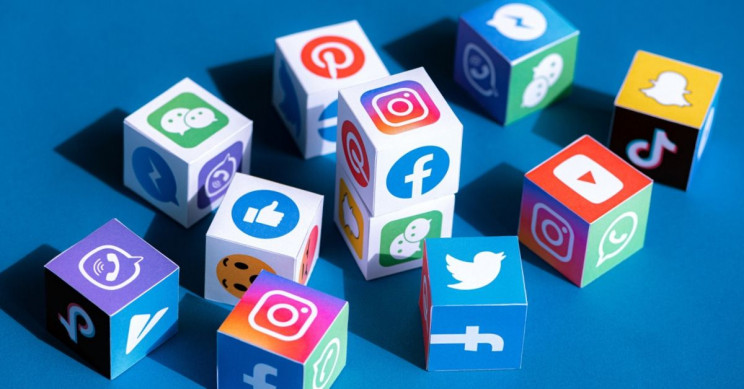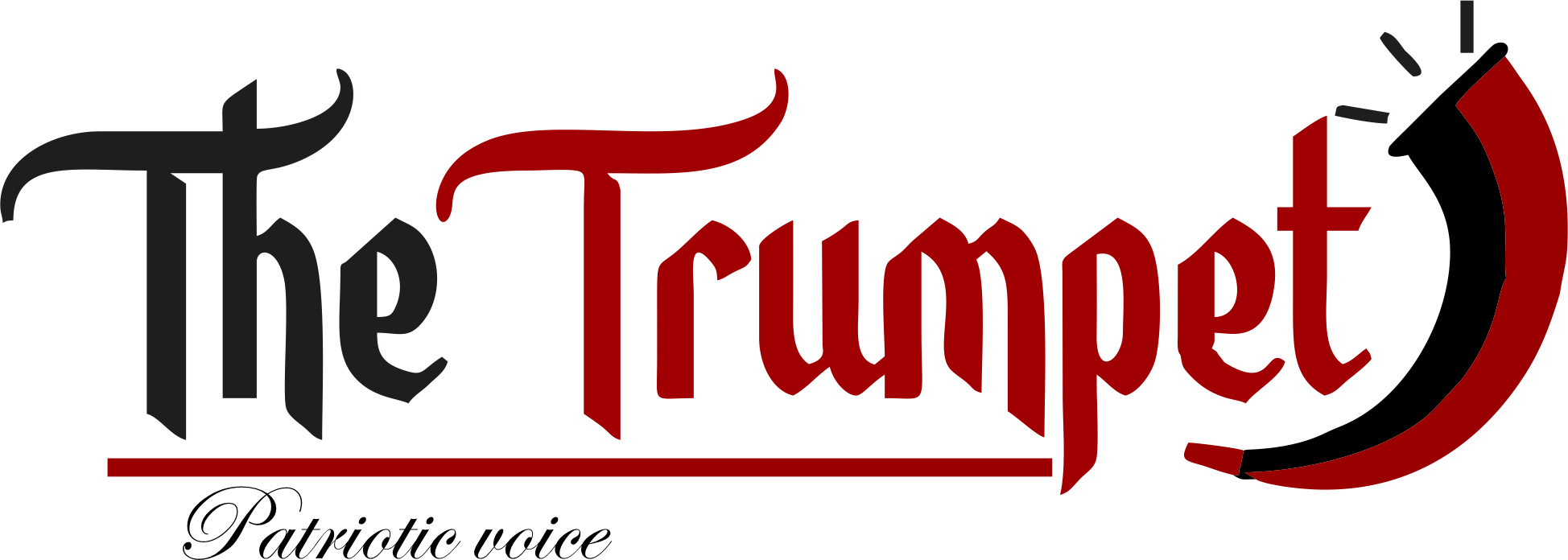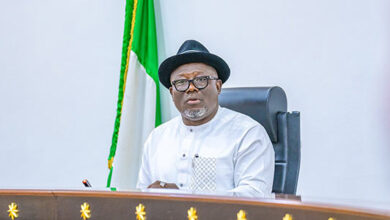Social media and Nigerian youths

By Samuel Aghalino
The proliferation of information and communication technology, has facilitated the social interactions of people of diverse cultural backgrounds and subsequently, integrated disparate geographies that were hitherto separated by the tyranny of nature.
This revolutionary development has been accentuated by the wave of the usage of the social media. The word social media first started to be used in 2005 and reflected an interest in the growth of a relatively new aspect of the internet.
Social media has made the world a “modern” global village because it entails active participation and instant sharing of knowledge and ideas among users. Social media has come a long way from just being where people watch videos.
As it has enabled people to hunt for jobs and also, develop the skills they need for those jobs. Companies post openings, users post online tutorials whilst business men and women carefully manage their personal brand with access to their blogs, pages and platforms.
Studies have shown that youth particularly the teenagers are the most prolific users of social media around the world. In a National Poll conducted in San Francisco, United States of America, 22% of teenagers were found to log on to their favourite social media sites more than ten times a day, The Trumpet gathered.
The same is replicated in Nigeria when investigation by researchers, reveal that the large number of social networks users from Nigeria are predominantly within the age of 15 and 40. The prevailing social media platforms in Nigeria are Facebook, Twitter, Instagram and WhatsApp.
Read Also: Dates: Amazing Healthy benefits
In Nigeria, as at July 2021 there were more than 108 million internet users and internet penetration is on the rise on daily basis. The long term relevance of the social media was well captured in 2011, when a group of Professors from Canada; Jan Kietzmaa.
Kristopher Hermkens and Ian McCarthy created the Honeycomb Model to review reasons why social media users engage in social media services. The idea behind the Honeycomb is encapsulated in seven building blocks, which are sharing, presence, conversation, identity, relationships, groups, and reputation.
These seven blocks have manifested in diverse ways among the youths. In Nigeria, as elsewhere, the social media could be viewed from a cost/benefit perspective.
Its relevance, is not in doubt as youths have used it in some innovative ways to communicate or share information and knowledge such as write-ups, contents of their comedy skits , through pictures, sounds, recordings amongst themselves.
Through physical interactions, many youths do not frequently get the right stage to express and share their feelings and thoughts as such the social media has given their users particularly the youth the opportunity to sound out their thoughts through formal or informal conversations.
In other words, the youths have become innovative and constructively involved in teaching and learning through the use of social media. Social media is a hand maid of education. This is so because teachers can easily interface and communicate with students through platforms such as WhatsApp Group, google meet, Zoom, Cisco, Emails and Facebook.
The students on the other hand tend to have easy access to resources online for the purpose of acquiring knowledge. In the case of those preparing for Senior Secondary Examinations and the Unified Tertiary Matriculation Examination, UTME, the popular social media site, Myschool, is helpful. In the last few decades, social media has led to the democratisation of news.
People around the world, particularly youths, have become progressively more aware and interested in the use of social media to disseminate instant news.
It allows the youth to connect and interconnect with the outside world regardless of time, location, and region. For instance, through the social media, the youth can now have access to international scholarships, fellowships and training. This has the tendency to increase the technical skills and knowledge for self actualisation.
The media platforms are used for political participation and to campaign for or against any government policy that affect the general public. For instance, the removal of fuel subsidy by President Goodluck Jonathan in 2012 led to mass protests, which were organised by the Nigerian youth via social media.
The social media was employed by the #Bringbackourgirls campaign group which had huge followership online so also is the Chibok girls issue. Recently, the #EndSARS campaign is a good example of social media campaign against widespread recklessness, abuse of office, assault and killings of innocent youth by SARS officials of the Nigeria Police.
Today, the #EndSARS campaign has apparently ensured that any SARS Team found guilty are prosecuted accordingly. The so-called 1% budget allocation to Isoko in the 2018 budget in Delta State also brought to bear the utility of the social media as an advocacy tool.
The Isoko Advancement Network, Umeh Need Road and Isoko Monitoring Group, were vehement and committed in drawing the attention of the governor of Delta state to the perceived marginalization of isoko people.
Again, through the instrumentality of the social media, untoward activities of oil companies against the people of the Niger Delta are interrogated by the youths.
The government has also been held accountable through the social media on the state of ongoing infrastructural projects and other social services nationwide. Social media has created opportunities to promote businesses to a larger and wider audience at little or no cost.
Small and Mediumsized Enterprises (SME) that are largely dominated by youths are now growing their businesses by encouraging customers to engage with them on these platforms and placing adverts on their websites. In this way, the business of buying and selling online has provided employment opportunities as an alternative to the illegitimate “Yahoo”, Yahoo+ online fraud.
It is evident that for the youths, the value of the social media is enormous. Yet, the social media has intrinsic social vices or risk agenda. For one, cybercrime has gained notoriety among youth on social media. It is no longer news that “Yahoo Boys” are online fraudsters that are mainly youth.
They rely on their computer dexterity to extort hardearned money from their victims, in collaboration with their international syndicate.
They engage in long-distance friendships with people in developed countries like the United States of America, Canada and Britain with the aim of scamming, impersonating , identity theft and hacking accounts of their victims and this has created very bad image for Nigeria. Invariably, every Nigerian is virtually seen as a fraudster.
Nigerians are subjected to embarrassing screening at airports and public and private places outside this country. Through the use of the social media, the youths tend to infringe on the rights and privacy of other users as a result of massive influx of personal information online.
The extent to which users and social media platform administrators can have access to user profiles has become a new topic of ethical consideration due to frequent privacy violations. For instance, in 2018, the Chief Executive Officer of Facebook, Mark Zuckerberg, was invited by the United States of America Congress to answer questions about his social media platform before the House Energy and Commerce Committee.
He was interrogated on privacy scandal in which personal data of some 50 million Facebook users ended up in the hands of an outside research firm, Cambridge Analytica, without the users’ permission.
Indeed, the youths today are also engaging in data mining for ulterior motives. Most importantly is to blackmail owners of such data and extort money in the spirit of get-rich-quick.
The youths, possibly out of share mischief and idleness are using the social media to facilitate disinformation and spread of fake news. For instance, during the 2019 General Election in Nigeria, it was reported that “Fake News” was weaponised.
Political parties, candidates and the people loyal to the political parties, employed pliable youths to attempt to pull down their opponents through misinformation, disinformation, lies, and indeed through fake news. This is aside, fake results that were pasted online with the attendant tension and heating up of the polity




